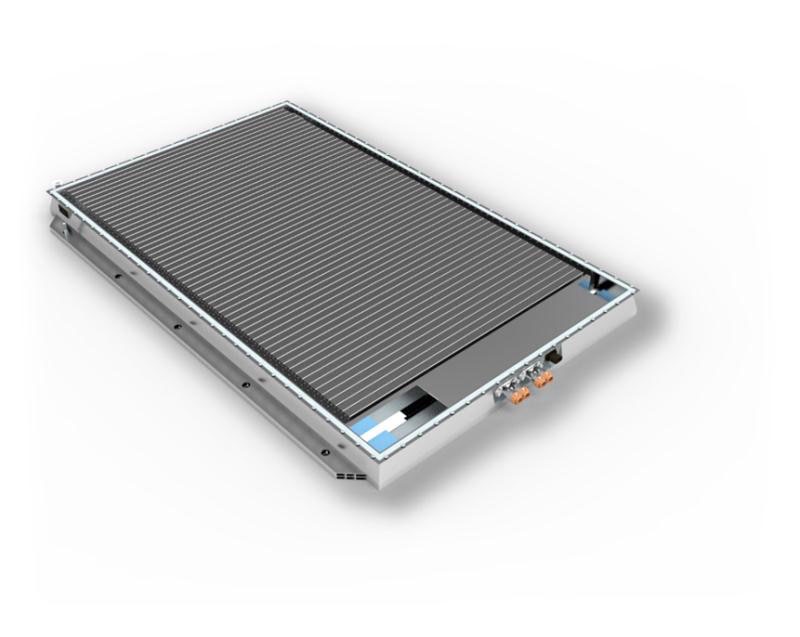
BYD’s new blade battery set to redefine EV safety standards
Today, BYD officially announced the launch of the Blade Battery, a development set to mitigate concerns about battery safety in electric vehicles.
Today, BYD officially announced the launch of the Blade Battery, a development set to mitigate concerns about battery safety in electric vehicles.
At an online launch event themed “The Blade Battery – Unsheathed to Safeguard the World”, Wang Chuanfu, BYD Chairman and President, said that the Blade Battery reflects BYD’s determination to resolve issues in battery safety while also redefining safety standards for the entire industry.
BYD highlighted a video of the Blade Battery successfully passing a nail penetration test, which is seen as the most rigorous way to test the thermal runaway of batteries due to its sheer difficulty. “In terms of battery safety and energy density, BYD’s Blade Battery has obvious advantages,” said Professor Ouyang Minggao, Member of the Chinese Academy of Sciences and Professor at Tsinghua University.
The Blade Battery has been developed by BYD over the past several years. The singular cells are arranged together in an array and then inserted into a battery pack. Due to its optimized battery pack structure, the space utilization of the battery pack is increased by over 50% compared to conventional lithium iron phosphate block batteries.
While undergoing nail penetration tests, the Blade Battery emitted neither smoke nor fire after being penetrated, and its surface temperature only reached 30 to 60°C. Under the same conditions, a ternary lithium battery exceeded 500°C and violently burned, and while a conventional lithium iron phosphate block battery did not openly emit flames or smoke, its surface temperature reached dangerous temperatures of 200 to 400°C. This implies that EVs equipped with the Blade Battery would be far less susceptible to catching fire – even when they are severely damaged.

